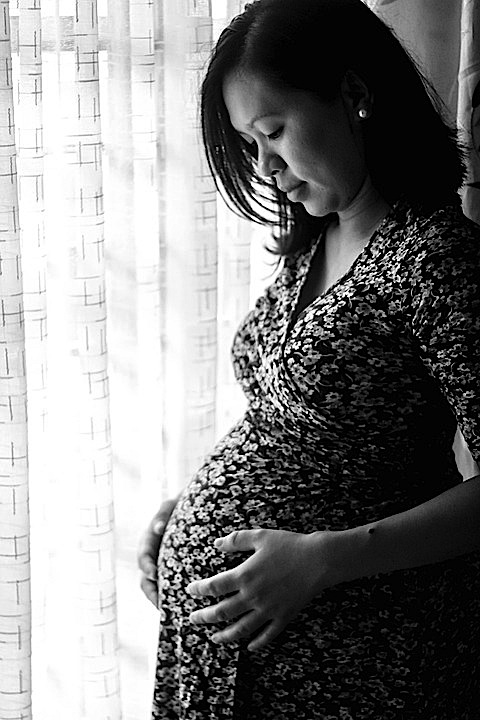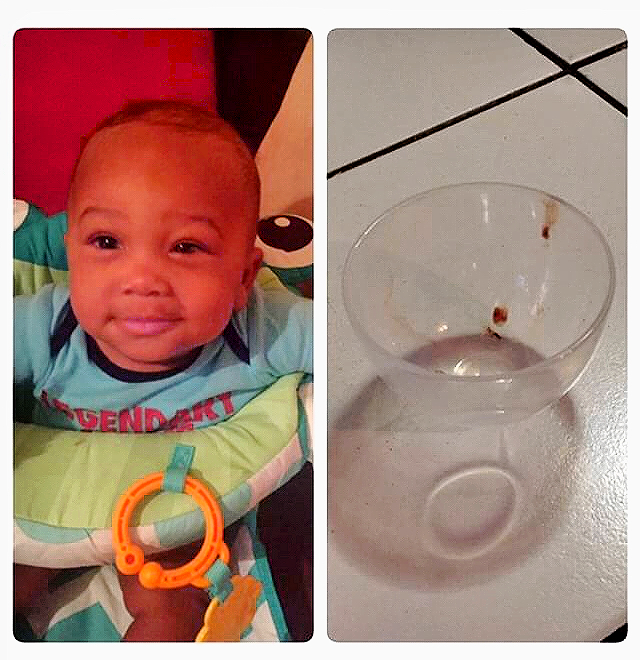
Early Labor Signs:
Early Labor Signs – What to Look Out For?
Is the baby coming? Am I in labor? The truth is, every labor story is different and a woman’s body will almost always give her the signals she needs to recognize that she is in the early stages of labor.
For most pregnant women, the first of the three stages of labor is usually the longest. During this period, strong contractions help your cervix to thin and begin to open. This is called effacement and dilation.
Here are four things to watch for:
- Lightening
Your baby drops lower into your pelvis and relieving some of the pressure on your diaphragm. You may feel lighter and find breathing a little easier.
- Bloody Show
You pass your mucus plug – a thick, pinkish or blood-streaked discharge that has sealed off your cervical canal for the last nine months.
- Rupture of Membranes/Water Breaking
When the fluid-filled amniotic sac surrounding your baby ruptures, fluid leaks from your vagina. This is commonly called the water breaking. The discharge can be a sudden gush of water or just a trickle. If your water breaks, immediately notify your doctor or midwife.
- Early Contractions
One sure sign of labor is consistent contraction. Unlike Braxton Hicks which are infrequent, irregular and painless, early contractions can feel like menstrual cramps or like a lower backache that comes and goes. They usually follow a progressive pattern and become progressive closer, stronger and last longer.
When the contractions occur every three to five minutes, you’re in active labor. Time your contractions, or have someone time them for you.
When to call your doctor
The general rule of thumb is the 5-1-1 rule. Your contractions should be 5 minutes apart and lasting for 1 minute each and continue in that pattern for 1 hour. Once this happens ,you have progressed to true labor and it is now time to head to the hospital.
Definitely call your doctor if you notice any of these:
- Over a tablespoon of bright red bleeding (not pale pink or dark brown).
- If your water breaks, especially if the fluid is green or brown or has a foul odor, it may be a sign that your baby is in distress.
- Your baby is less active, or you have a headache or vision problems.
- And/ or you experience rapid weight gain, this could be a sign of preeclampsia
READ MORE: BAD PREGNANCY SYMPTOMS YOU SHOULD NEVER IGNORE
Join us over at the PB Moms Exclusive Circle, where we invite healthcare experts to prepare us for life after childbirth and motherhood. Go to: pregnancybeyond.com/exclusive-circle.
ANTE NATAL BABY ON THE WAY CHILD BIRTH FIRST TIME MOM LABOR AND DELIVERY PREGNANT







